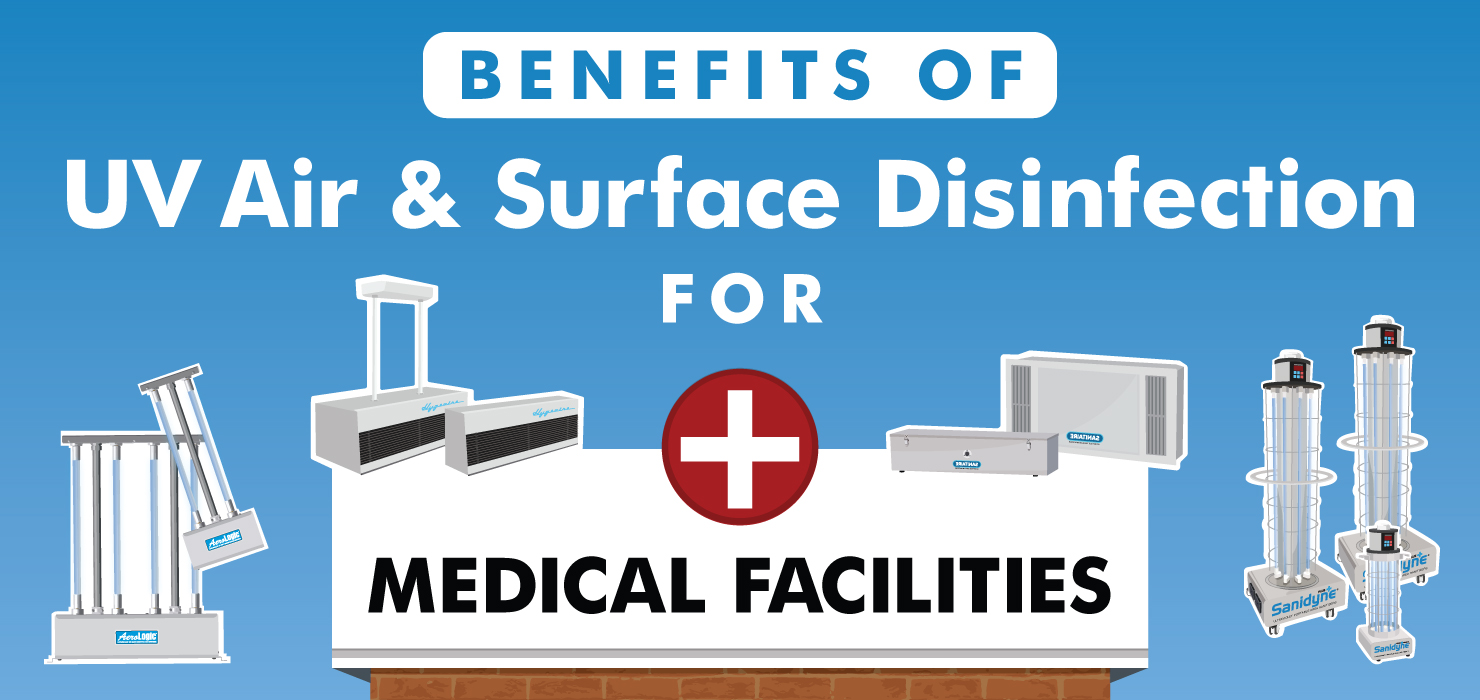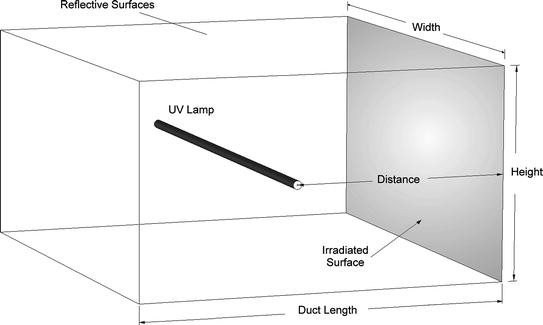Checking Out UV Sanitation: A Crucial Tool in the Battle Versus Damaging Pathogens
As the world deals with an ever-increasing hazard from unsafe microorganisms, the search for effective approaches of sanitation has actually ended up being an immediate concern. One such technique that has actually amassed considerable interest is UV disinfection. In this discussion, we will dig into the globe of UV disinfection, uncovering its prospective as an essential device in the fight against harmful virus.
How Does UV Sanitation Job?
UV disinfection works by using ultraviolet (UV) light to remove damaging microorganisms and avoid their spread. This highly efficient method involves the use of UV radiation to disrupt the DNA and RNA of bacteria, rendering them incapable to duplicate and creating their supreme damage.
When UV light is used for sanitation, it is typically released from a light or light bulb that produces a particular wavelength of UV-C light. uv surface disinfection. This wavelength, ranging from 200 to 280 nanometers, is particularly effective at penetrating the external cell wall surface of microorganisms, infections, and various other bacteria. Once inside the cell, the UV radiation targets and damages the hereditary product, preventing the microorganism from creating and recreating infection
UV disinfection systems are made to release the proper intensity and duration of UV light to ensure reliable virus removal. The dose of UV light needed for sanitation relies on factors such as the kind of microbe, its resistance to UV radiation, and the certain application. Furthermore, the system needs to be carefully engineered to make certain appropriate exposure of the target virus and to avoid any type of possible injury to people or the atmosphere.
The Benefits of UV Sanitation
UV sanitation provides a plethora of advantages in effectively getting rid of hazardous virus and lessening the threat of infection. One of the primary advantages of UV disinfection is its capability to provide a chemical-free and ecologically friendly option. Unlike standard disinfection approaches that rely on chemicals, UV disinfection uses ultraviolet light to damage the DNA and RNA of bacteria, rendering them incapable to recreate and create infections. This chemical-free strategy guarantees that no harmful residues are left behind, eliminating any kind of possible health and wellness dangers related to chemical anti-bacterials.
One more significant benefit of UV disinfection is its performance in eliminating a large variety of pathogens. UV light has been verified to effectively eliminate bacteria, infections, fungis, and protozoa, consisting of those that are immune to standard disinfectants. This broad-spectrum performance makes UV disinfection a functional tool in different setups, such as healthcare centers, water treatment plants, and food processing industries.
In enhancement to its effectiveness, UV sanitation additionally supplies quick disinfection cycles. Unlike other methods that need prolonged contact times or repeated applications, UV sanitation can attain considerable pathogen decrease in a matter of secs. This effective and fast procedure enables for enhanced productivity, lowered downtime, and raised total functional effectiveness.
Furthermore, UV disinfection is a non-contact approach, which implies that it does not need direct physical contact with the items or surfaces being sanitized. This attribute makes it appropriate for use on fragile devices and sensitive products that may be harmed or affected by various other sanitation methods.
Applications of UV Disinfection in Healthcare

UV sanitation is likewise used in the sterilization of medical equipment and tools. Additionally, UV disinfection is used in water therapy systems within medical care facilities.
Furthermore, UV sanitation technology is used in the sanitation of healthcare attires and personal protective tools (PPE) By utilizing UV light, health care specialists can guarantee that their uniforms pop over to this site and PPE are devoid of microorganisms, stopping the transmission of infections between clients and healthcare employees.
UV Sanitation in Public Spaces
Public spaces are progressively implementing UV sanitation modern technology as a vital action to deal with the spread of hazardous pathogens. With the recurring worldwide pandemic and the More Info continuous risk of transmittable diseases, the demand for effective disinfection techniques in public locations has actually become vital. UV sanitation offers a reliable and dependable solution in this respect.
UV sanitation systems utilize ultraviolet light to deactivate the DNA and RNA of germs, viruses, and other pathogens. This process disrupts their ability to reproduce and render them safe. These systems can be installed in numerous public rooms, consisting of a/c systems, escalators, lifts, and surface area disinfection robots. Making use of UV disinfection modern technology in public spaces not only aids in lowering the risk of infection however also instills confidence amongst the general public regarding their security.
As public rooms continue to adjust to the difficulties posed by transmittable illness, UV sanitation modern technology plays a crucial duty in making sure a tidy and safe environment. By executing such procedures, public rooms can properly alleviate the spread of harmful virus and contribute to the total health of the area.
The Future of UV Disinfection Modern Technology
As the demand for improved sanitation methods remains to grow in feedback to the ongoing worldwide pandemic and the continuous danger of infectious conditions, the future of UV sanitation innovation holds promising innovations in guaranteeing a lot more effective and effective virus removal in different settings.

One location of improvement is the growth of more mobile and compact UV sanitation tools. These gadgets would enable easier and more flexible implementation in a variety of setups, such as offices, schools, and transportation systems. In addition, developments in Get the facts automation and robotics are being checked out to enhance the performance and effectiveness of UV sanitation processes. This includes making use of self-governing robotics outfitted with UV-C lights to browse and sanitize large locations quickly and properly.
One more area of expedition is making use of UV sanitation in air filtration systems. By incorporating UV-C lights right into a/c systems, air-borne microorganisms can be efficiently counteracted, lowering the danger of transmission in interior settings.
In addition, researchers are checking out making use of UV disinfection in food handling facilities to make certain the security and quality of foodstuff. UV-C light has actually been found to be efficient in removing foodborne pathogens, providing a chemical-free choice to traditional sanitation approaches.
Conclusion
In conclusion, UV sanitation is a necessary tool in the battle against dangerous pathogens. With its ability to offer a environmentally friendly and chemical-free technique of sanitation, UV technology holds great potential for the future.
UV sanitation systems are created to produce the ideal intensity and duration of UV light to guarantee reliable virus removal. The dose of UV light needed for sanitation depends on elements such as the type of microbe, its resistance to UV radiation, and the particular application. Unlike traditional disinfection methods that depend on chemicals, UV sanitation makes use of ultraviolet light to ruin the DNA and RNA of microorganisms, making them unable to reproduce and cause infections.In enhancement to its efficiency, UV sanitation likewise provides fast disinfection cycles. One of the main applications of UV sanitation in healthcare is in the disinfection of person rooms and operating theaters.